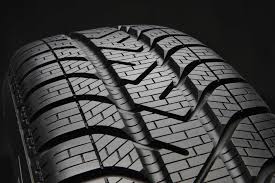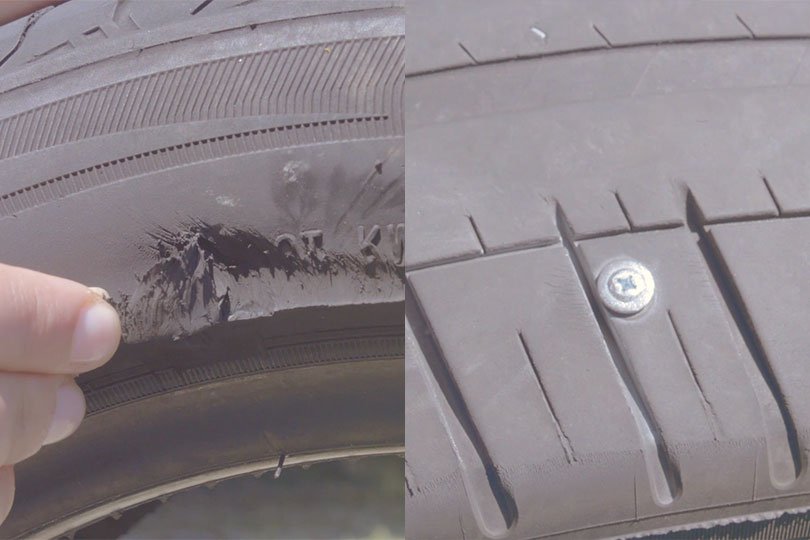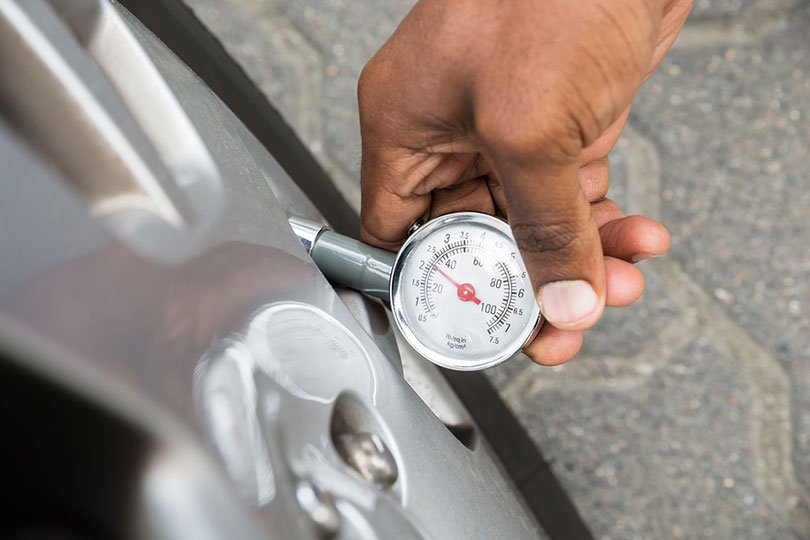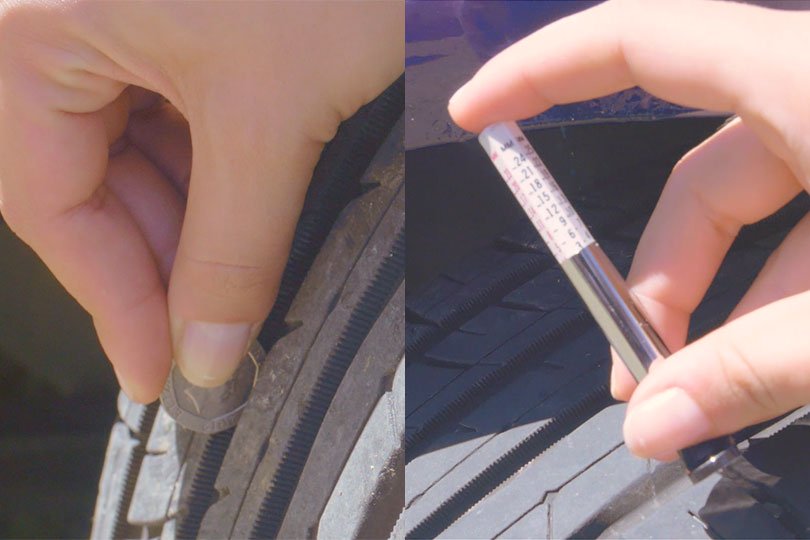
How to check your tyre
pressure and tread depth
If you want your car to run smoothly, it’s important to take care of your tyres. This means carrying out regular checks on them and making sure they’re in good condition before a journey. Regular maintenance on your tyres could save you trouble further down the line. For example, driving on under or overinflated tyres could lead to problems with your braking, tracking, fuel efficiency and suspension.
What the law says
about tyres
Given how important your tyres are to your car’s safety, the law is quite strict as to how they should be maintained:
• Ensure that the tyres are the right type and size for your car.
• All tyres should have a minimum tread depth of 1.6mm.
• All tyres should be inflated to their recommended tyre pressures.
If your tyres are found to be illegal, you could be hit with a fine of £2,500 per tyre and get three points on your licence. If the offence is extreme, you could even be disqualified from driving.
How to check the condition
of your tyres
First, are the tyres themselves in good nick?
Take a good look around each of the tyres and make sure that there aren’t any cuts, tears or bulges on any of them. Also check for stones and nails in the tyres, as well as any damage to the side wall.

How to check your
tyre pressure
It’s important check your tyres when they’re cool, as that’s when you’ll get the most accurate measurement. Ideally, you should check them before you start your journey.
You’ll need to use a pressure gauge to get a measurement. If you’re checking your tyres at home, you can buy your own pressure gauge. Alternatively, petrol stations will have one that’s usually free to use.
The recommended tyre pressure is different for each car – there’s no one-size-fits-all figure. You’ll likely find your recommended tyre pressures inside the driver’s door or inside the petrol cap. If not, check your owner’s manual or look online.
There might also be different recommended pressures depending on the season and the car’s load.
Unscrew the valve cap on the tyre and attach the gauge firmly – you should then get a reading.
If the reading is lower than the recommended pressure, inflate your tyres to match. If it’s higher, then let some air out.
When you’re done, take off the gauge quickly so no air escapes, and replace the cap. Repeat on the other tyres and you’re good to go.

How to check your
tyre tread depth
Your tyre tread is what helps keep you steady on wet roads. The tread channels water into the grooves of the tyre, giving you more control on the road.
If the tread wears down, this becomes less effective, increasing your braking distance and increasing the risk of skidding and aquaplaning.
What’s the minimum tread depth?
The legal minimum tread depth for cars is 1.6mm across the central three-quarters of the width of the tyre, and across the entire circumference. Once your tread gets as low as this, you need to replace the tyre.
Some manufacturers recommend that you swap your tyres after the tread goes down to about 3mm, as that’s when its performance starts to drop
How do I measure
my tread depth?
The easiest way to measure tread depth is with the 20p test.
Place a 20p coin in the main grooves of the tyre. If the rim of the coin – the bit with “TWENTY PENCE” written on it – disappears, then your tyres have enough tread depth.
